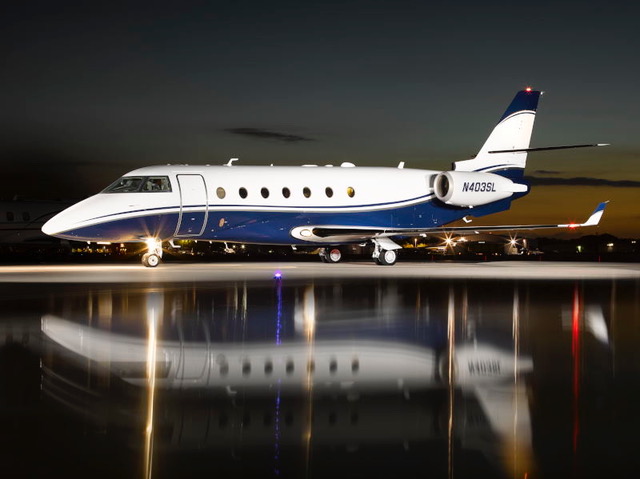 Original Article Published By: Flying Magazine on October 6, 2020
Original Article Published By: Flying Magazine on October 6, 2020
If you’ve been around airplanes for a while, you’ve probably heard someone extol the virtues of an aircraft partnership that lets you step up to a nicer airplane for much less money than you could afford on your own. Those agreements always sound good—at least in theory. It’s only later when partners become immersed in scheduling and unexpected cost problems that things head south. “You really nailed it,” Mark Molloy responded to that observation. “Partnerships have always been a really good idea except for, well, everything. For most of my career, I’ve tried talking people out of them because they really are a bad idea. If the word partnership doesn’t raise the hair on the back your neck, you’re not thinking straight. It should. It really should. But it also kept gnawing at me that there had to be a right way to [bring two owners together].”

